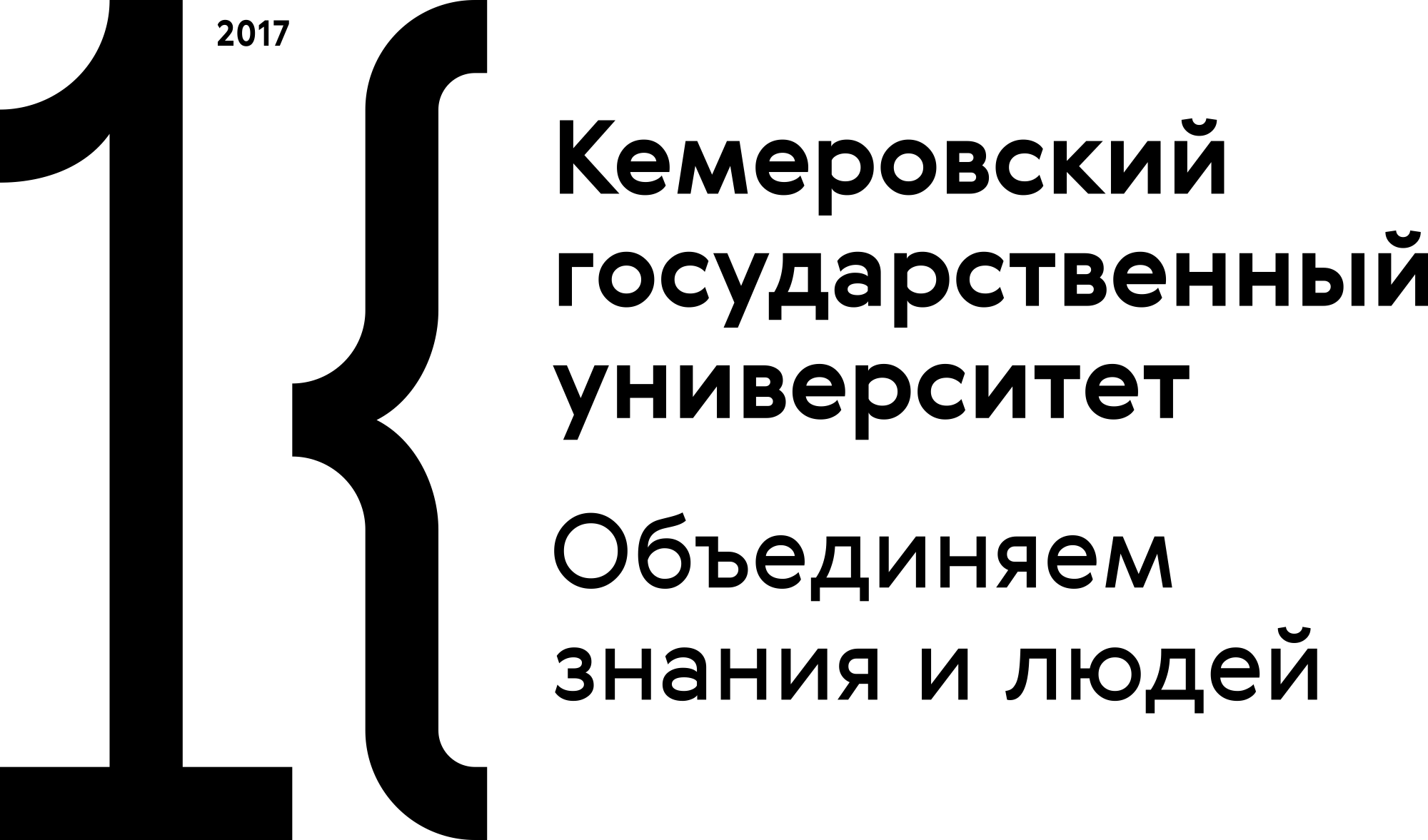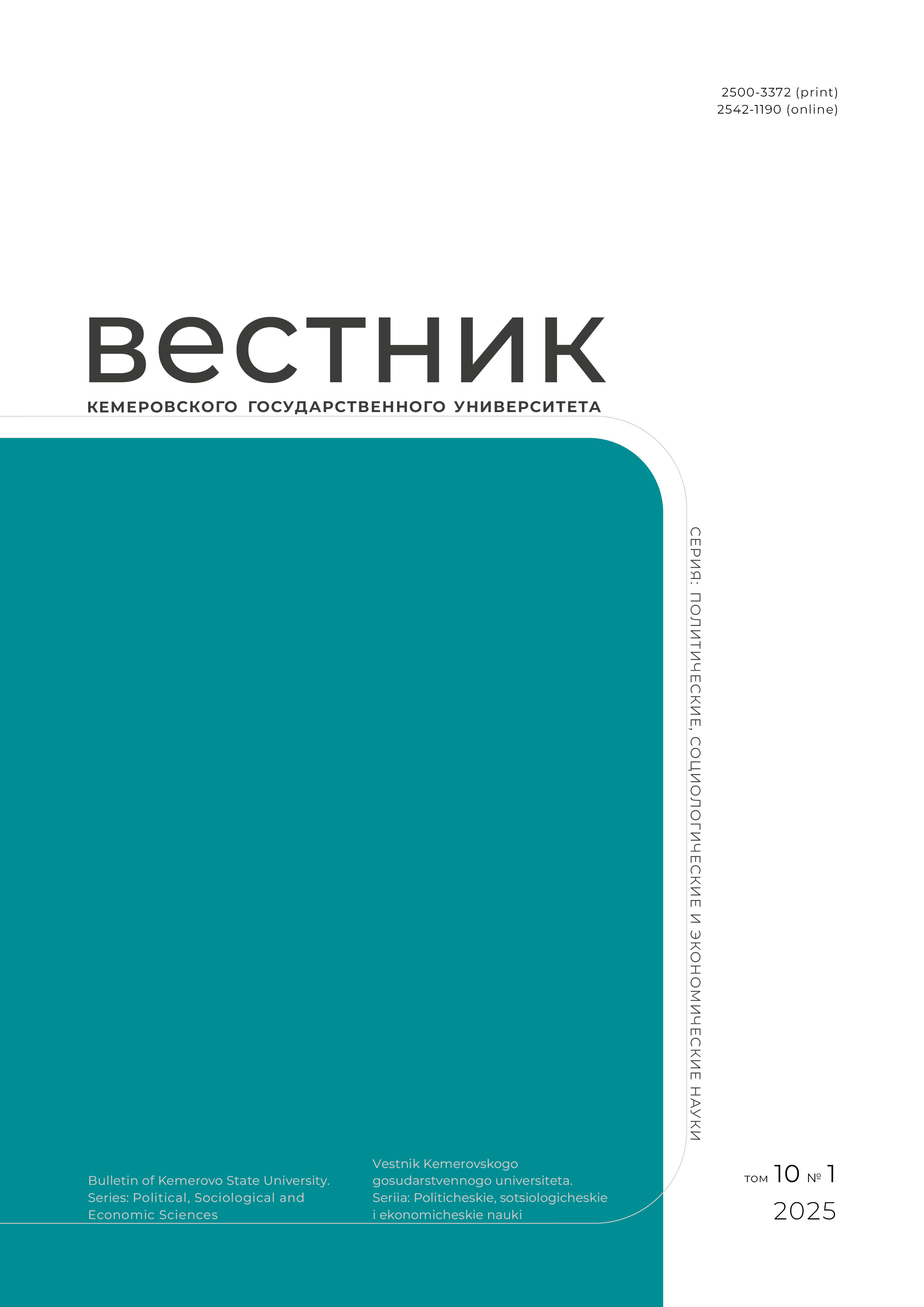from 01.01.2018 to 01.01.2020
Kemerovo State Univercity
from 01.01.2018 to 01.01.2020
Kemerovo, Russian Federation
from 01.01.2010 until now
Kemerovo, Russian Federation
The current situation in the banking sector of the Russian Federation reveals a high degree of instability of lending institutions. In this regard, the Bank of Russia acts as a mega-regulator: its policy is to stabilize the banking market by using various financial and administrative instruments. Most commercial banks are not able to cope with the new requirements and regulations imposed by the state. As a result, they leave the market and recognize their insolvency. The present article introduces some statistics that characterizes the state of the banking sector over the past six years and confirms the situation described above. The existing banking legislation proved unable to determine the concept of insolvency of a commercial bank. The authors proposed a more specific definition of this concept, which fully reflects the essence of this economic phenomenon. In order to avoid bankruptcy, a credit institution may resort to a financial recovery procedure. A prompt and complete procedure gives an opportunity to avoid negative consequences and resume banking activities. The authors introduced a new interpretation of the financial recovery procedure in order to highlight the essence and specific features of the mechanism in the current economic conditions. The article presents a classification and a detailed roadmap of financial recovery measures. The roadmap provides a gradual financial recovery of the lending institution, which can be interpreted as the development of an economy.
insolvency, bankruptcy, financial recovery plan, financial recovery plan, banking sector, Bank of Russia
1. Bidzhoyan D. S. Model for assessing the probability of revocation of a license from the Russian bank. Finance: theory and practice, 2018, 22(2): 26-37. (In Russ.) DOI:https://doi.org/10.26794/2587-5671-2018-22-2-26-37
2. Malinina D. A. Mechanism of financial rehabilitation of a commercial bank by the example of KB "Solidarity". Strategii biznesa, 2014, (2): 78-81. (In Russ.)
3. Ovsiannikov S. I. Liquidity risks of a commercial bank: assessment features in the new economic conditions. Simvol nauki, 2015, (7-1): 99-104. (In Russ.)
4. Palnichenko S. A., Bajbarakova A. L. Redeveloped banks as building measure stable banking system of the Russian Federation. Economics, 2017, (1): 72-75. (In Russ.)
5. Guliev Sh. R. Assessment of the banking sector and lending to SMES. European science, 2018, (10): 30-32. (In Russ.)
6. Kaplunov A. A., Kovazhenkov M. A., Ryabikova T. A. The state of the banking system in Russia at the present moment and prospects of its development. Innovatsionnaia ekonomika: perspektivy razvitiia i sovershenstvovaniia, 2018, (8): 143-148. (In Russ.)
7. Shelkunova T. G., Tabolov G. A. The organization of system of risk management in commercial bank. Ekonomika i biznes: teoriia i praktika, 2018, (4): 271-276. (In Russ.)
8. Fedotov D. A., Starodubova N. N. Functional problems of the bankruptcy institution of credit companies in Russia. Ekonomika i biznes: teoriia i praktika, 2019, (6-2): 142-145. (In Russ.) DOI:https://doi.org/10.24411/2411-0450-2019-10880
9. Sofronova V. V. Regulation of the Russian banking sector. New trends. Finance and Credit, 2018, 24(2): 335-350. (In Russ.) DOI:https://doi.org/10.24891/fc.24.2.335
10. Belozor M. I. The activities of the Bank of Russia in the financial rehabilitation of commercial banks. Current status and development prospects of the national financial and credit system: Proc. II Intern. Sci. Conf. undergraduate and postgraduate students, Voronezh, November 30, 2017; ed. Fedosova S. P. Voronezh, 2018, 22-25. (In Russ.)
11. Barth J. R., Caprio, C. Jr., Levine R. Bank regulation and supervision: what works best. Journal of Financial Intermediation, 2004, 13(2): 205-248. DOI:https://doi.org/10.1016/j.jfi.2003.06.002
12. Shishmareva T. P. Federal law "On Insolvency (Bankruptcy)" and the practice of its application. Moscow: Statut, 2015, 415. (In Russ.)
13. Kazimagomedov A. A. Banking: organization of the activities of the Central Bank and a commercial bank, non-banking organizations. Moscow: INFRA-M, 2017, 500. (In Russ.)
14. Sergeev O. V. The bankruptcy of credit institutions: the nature, causes, factors. European scientific conference: Proc. Intern. Sci.-Prac. Conf., Penza, September 07, 2018. Penza, 2018, 112-115. (In Russ.)
15. Vafin I. A., Zakirova D. F. Research of concepts "insolvency" and "bankruptcy" of credit institutions' correlation. Sovremennye nauchnye issledovaniia i razrabotki, 2018, (3): 174-177. (In Russ.)
16. Shorokhova I. V. Bankruptcy of credit organizations: essence, reasons, factors. Molodoi uchenyi, 2016, (1): 532-536. (In Russ.)
17. Gordina X. K. The comparative-lawful analysis of measures for warning of bankruptcy of the bank credit organizations. Law. Society. State, eds. Rybin D. V., Trofimov E. V. St. Petersburg: Sankt-Peterburgskii institut (filial) VGUIu (RPA Miniusta Rossii), 2017, 39-42. (In Russ.)
18. Odintsov S. V. Procedure of financial improvement - basic provisions of the banking legislation of Great Britain and the Russian Federation. Imushchestvennye otnosheniia v Rossiiskoi Federatsii, 2014, 10: 80-87. (In Russ.)
19. Giblova N. M. The influence of monetary policy on economic growth in conditions of instability. Bankovskoe delo, 2015, (2): 14-20. (In Russ.)
20. Gospodarchuk G. G., Anikin A. V. Assessing the stability of the Russian banking system. Dengi i kredit, 2014, (5): 24-30. (In Russ.)
21. Leonov M. V. Emergence and activity of banking conglomerates in Russia. Vestnik VolGU. Seriya 3. Ekonomika. Ekologiya, 2014, (2): 62-69. (In Russ.) DOI:https://doi.org/10.15688/jvolsu3.2014.2.7
22. Glechikov S. A. Financial recovery of credit organizations at the expense of the Fund for the Consolidation of the banking sector: interim results. Vestnik nauki, 2020, 2(1): 120-125. (In Russ.)
23. Romanova A. V., Marushkina N. E. Financial restructuring as a constructive stage of bankruptcy. Simbirskiy nauchnyj vestnik, 2017, (2): 82-87. (In Russ.)
24. Frolov I. V. Management of bankruptcy procedures: theory and legal practice. Novosibirsk: Alfa-Porte, 2013, 584. (In Russ.)
25. Mushba B. V. Financial health of banks in Russia. Vektor ekonomiki, 2019, (3): 64-71. (In Russ.)
26. Glukhova O. Yu., Shevyakov A. Yu. Bankruptcy proceedings in the procedure of insolvency (bankruptcy). Social-economic phenomena and processes, 2017, 12(2): 184-189. (In Russ.)
27. Kabanova Yu. V., Lyabusheva A. A., Taradaeva A. V. Financial recovery of credit organizations. Sistemnoe upravlenie, 2013, (3): 12-20. (In Russ.)
28. Tarasenko O. A. Bankruptcy of credit organizations: peculiarities and problems of legal regulation. Aktual'nye problemy rossijskogo prava, 2016, (8): 84-95. (In Russ.) DOI:https://doi.org/10.17803/1994-1471.2016.69.8.084-095
29. Artemenko D. A., Shishkov S. A. Analysis of effectiveness of measures for preventing insolvency (bankruptcy) of credit organizations. Scientific Bulletin of the Southern Institute of Management, 2017, (4): 34-39. (In Russ.) DOI:https://doi.org/10.31775/2305-3100-2017-4-34-39
30. Kosheleva T. N. Crisis management of lending institutions. St. Petersburg: Izd-vo Sankt-Peterburgskogo universiteta upravleniia i ekonomiki, 2014, 164. (In Russ.)
31. Leonov M. V., Zaernyuk V. M. Financial resolution as an instrument to regulate banking activities. National Interests: Priorities and Security, 2015, 11(27): 2-11. (In Russ.)
32. Voronkova T. N., Chernysheva E. N. Financial rehabilitation as the basic measure of prevention of commercial banks insolvency (bankruptcy). Ekonomika, statistika i informatika. Vestnik UMO, 2012, (5): 43-45. (In Russ.)
















